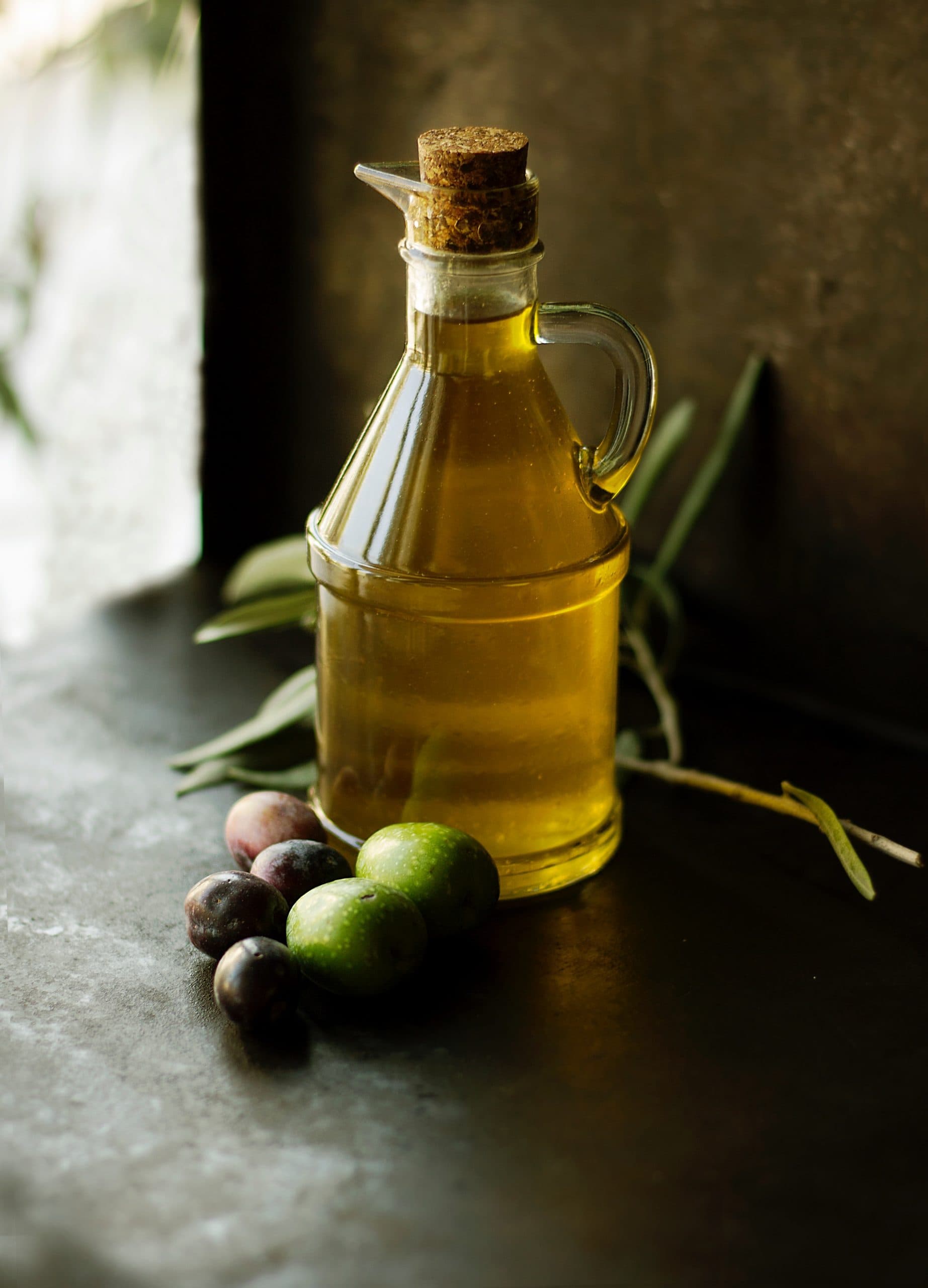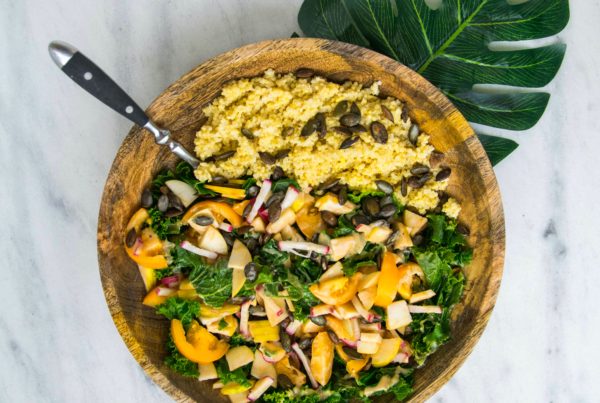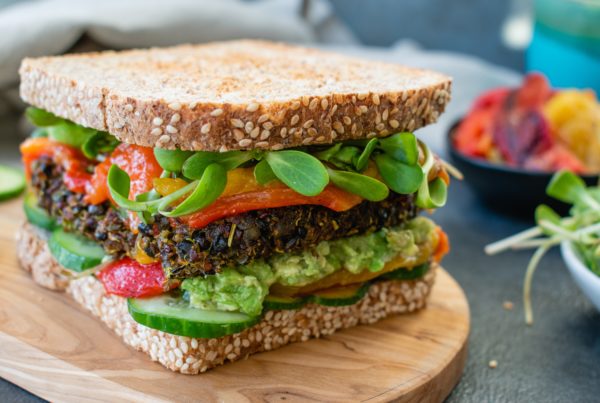Olive oil is well known for its health benefits. However, it could be confusing to tell the difference among various types of olive oil. This blog will walk you through the important things you need to know about olive oil to help you choose and use the type that suits your needs the best.
73% of the total olive oil content is made up of oleic acid, which is a monounsaturated fatty acid that has been associated with a reduced risk of heart and other chronic diseases. Olive oil has the highest quantity of alpha tocopherol—a type of vitamin E that works as an antioxidant. The antioxidant could fight inflammation and help protect your blood cholesterol from oxidation, which may also lower the risk of heart disease.
There are mainly three types of olive oil – extra virgin, virgin, and refined. Extra virgin and virgin olive oils are mechanically cold-pressed from ripe olives without using high heat or chemicals. Extra virgin olive oil has lower acidity and virgin olive oil has higher acidity. Refined olive oil goes through a refining process that removes the naturally occurring antioxidant in olives, however, the antioxidant alpha-tocopherol is usually added back in to replace the naturally occurring one. The refined olive oil usually has no fragrance or flavour.
Which type of olive oil you choose should depend on how you plan to use it. Extra virgin olive oil has the lowest smoke point (165-190°C/ 325-375°F). It contains compounds that could be degraded rapidly when heated past their smoke point, which would lead to rancidity and off flavour. So, extra virgin is best for food dressing. Refined olive oil has the highest smoke point (240°C/390-465°F) among the three varieties as the compounds most susceptible to burning are removed during the refining process. So, refined olive oil is more suitable for higher-temperature cooking. Virgin olive oil has a smoke point between the two, so it is suitable for browning or sauteing. For your reference, stovetop temperature for “low” is around 250°F, “medium” is around 350°F, and “high” is around 450°F.
Extra attention should be paid to how you store your olive oil. Extra virgin olive oil is susceptible to heat, light, and oxygen and exposure to these elements over time degrades the quality of the oil. Avoid storing olive oil above or next to the stove where it is susceptible to heat, or on the countertop where it is susceptible to light. A good place to store it is a cool cupboard without exposure to light or heat. Olive oil could also be stored in the fridge without affecting its quality or flavour. Storing olive oil in a darker glass or opaque metal containers could help protect it from light and rancidity.



